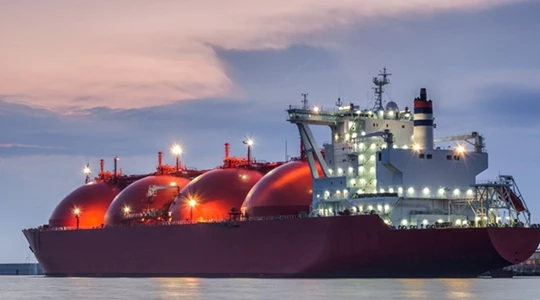Uniper Warns on German Coal Output as Rhine River Evaporates
(Bloomberg) -- Uniper SE warned of “irregular operation” at a key coal-fired plant in Germany as the company struggles to get fuel supplies along the Rhine River.
Water levels on the Rhine have fallen so low that the river may effectively close soon. Uniper’s 510-megawatt Staudinger-5 plant has limited volumes of coal on site and can’t easily get more, the company said in a filing.
Europe is already facing its worst energy-supply crunch in decades as Russia curbs natural gas supplies. The restriction of movement on the river, exacerbated by climate change, could disrupt the flow of everything from fuel to chemicals as governments try to prevent the energy crisis from tipping the region into recession.
Uniper expects the limitations to last until September, leaving just a few weeks before the start of the colder months, when coal will be needed to help plug the gap left by dwindling supplies of gas from Russia.
Low river levels are also impacting nuclear plants in France. A heat wave is pushing up water temperatures, limiting the ability of Electricite de France SA to cool some facilities.
The French utility said that power stations on the Rhone and Garonne rivers will likely produce less electricity in the coming days, but there will be a minimum level of output to keep the grid stable.
Power plants typically need cooling water that’s usually brought in from a nearby river or the sea before it’s returned, often at a higher temperature than when it came in. There are limits on how warm the water can be in order to protect fish and other aquatic life.
More stories like this are available on bloomberg.com
©2022 Bloomberg L.P.
KEEPING THE ENERGY INDUSTRY CONNECTED
Subscribe to our newsletter and get the best of Energy Connects directly to your inbox each week.
By subscribing, you agree to the processing of your personal data by dmg events as described in the Privacy Policy.
More renewables news
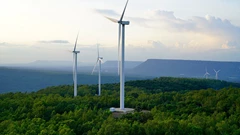
WEC Energy Offered $2.5 Billion US Loan for Renewable Projects

With Trump Looming, Biden’s Green Bank Moves to Close Billions in Deals
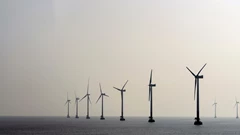
GE Vernova Expects More Trouble for Struggling Offshore Wind Industry

Climate Tech Funds See Cash Pile Rise to $86 Billion as Investing Slows

GE Vernova to Power City-Sized Data Centers With Gas as AI Demand Soars

Longi Delays Solar Module Plant in China as Sector Struggles
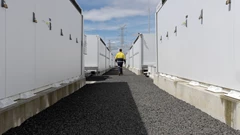
Australia Picks BP, Neoen Projects in Biggest Renewables Tender
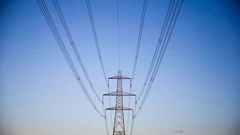
SSE Plans £22 Billion Investment to Bolster Scotland’s Grid
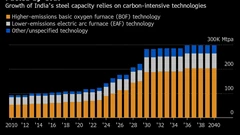
A Booming and Coal-Heavy Steel Sector Risks India’s Green Goals











